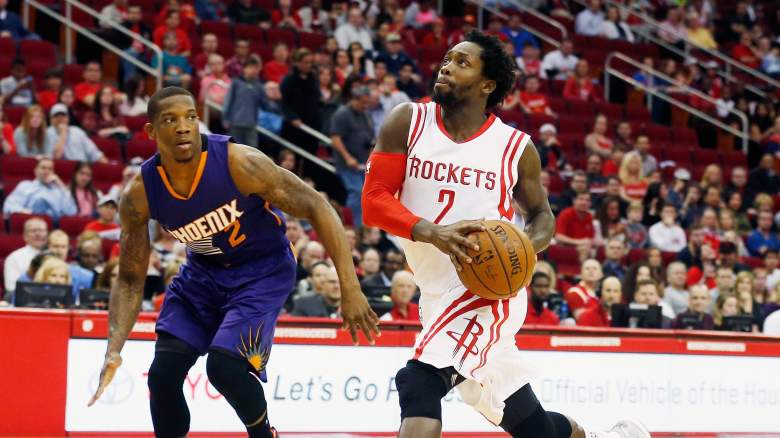
No matter what you think about nine-year NBA veteran Patrick Beverley — he’s a dirty player, a heart-and-soul player, a crybaby, a warrior, a clown, a straight-shooter — there’s no denying he’s made his mark on the L.A. Clippers franchise.
But no more.
Sunday afternoon, ESPN’s Adrian Wojnarowski reported that Beverley, along with veteran point guard Rajon Rondo and second-year big man Daniel Oturu, will be traded to the Memphis Grizzlies for point guard Eric Bledsoe, who began his career in 2010 as a Clipper and was traded this offseason to Memphis from New Orleans. It’s a player-only deal with no draft picks trading hands, though the Clippers will also receive a traded player exception of $8.3 million, expiring in a year.
Predictably, the departure of the Clippers’ longest-tenured player and often the proudest — and loudest — voice in a franchise fighting for respect in its own city, has sparked a combination of shock, outrage and heartfelt salutations.
Beverley, who came to L.A. from Houston as part of the Chris Paul trade in June 2017, has been a big part of the Clippers’ recent push for their first-ever title and was the only remaining player from that deal. Montrezl Harrell signed with the Lakers before last season and Lou Williams was traded to Atlanta for Rondo at the March deadline. (Ironically, the trade will immediately make Bledsoe the new longest-tenured Clipper on the roster by total games played, with 214. Ivica Zubac is second with 204.)
While some are simply lamenting the end of an era, others believe the lopsided 3-for-1 transaction is just a flat-out bad trade.
Naturally, there are some, including legendary former-Clippers announcer Ralph Lawler, who understand what Beverley did for the franchise but still feel that Bledsoe will be an upgrade for the team.
And then there are those who simply don’t know how they feel (even when their livelihood is based on always having a strong opinion):
The fact is, there’s a reason most observers are narrowly viewing this as a Beverley-for-Bledsoe trade.
Rondo, at 35, showed some major rust for most of last season and, given his lackluster playoff performance, may have already maxed out his usefulness as a player. As an extra coach on the bench he perhaps still holds value, but he was unlikely to get much run this season in Los Angeles. Nor was Oturu, who barely whiffed the floor his rookie year (5.4 minutes) and, despite some double-doubles in the current Vegas Summer League, hasn’t shown that he’s polished enough for the primetime.
So in terms of wins and losses, it really comes down to the difference between Beverley and Bledsoe. And the truth is, they aren’t that dissimilar, though differences do exist.
Bledsoe Should Bring Added Scoring and Playmaking
Both are excellent on-ball defenders, aggressive and pestering, and both, at 6-foot-1, are almost preternaturally good at defending from behind, either by knocking the ball ahead or timing their jumps for maximum interference. While they each earned All-Defensive honors as recently as 2019-20 — Bledsoe’s second selection and Beverley’s third — Beverley is still probably the better defender simply because he doesn’t have an off switch and continues to seem delighted at the prospect of sacrificing his body.
But that sort of intensity has its price, and Beverley has begun to pay it, missing 35 games last season due to injuries. This after being sidelined for five of six games versus Dallas in the opening round of the bubbled 2020 playoffs. Bledsoe, meanwhile, who is built like an NFL safety, has been highly durable the last few seasons, playing in 70 or more regular-season games in all but one of the last four years and starting 70 of 72 games last season for New Orleans.
While his sustainability has been strong, Bledsoe’s offensive numbers have slid or fluctuated wildly over the last few seasons, most lowly last year in New Orleans when he averaged only 12.2 points on 42.1% overall shooting and 34.1% from three. His assist average, which had not been below 5.0 since 2013, then his final season as a Clipper, was only 3.8 in 2020-21. And his average rebounds last season (3.4) were down more than a point from the previous two campaigns.
But some of Bledsoe’s woes during his only year as a Pelican can surely be blamed on circumstances. After playing point guard in Los Angeles for three seasons, four in Phoenix and three in Milwaukee, Bledsoe was on a new team with a new role. The Pelicans had Lonzo Ball, so Bledsoe moved over to shooting guard. On the season, Ball played point 93% of the time he was in the game, Bledsoe just 36%, and much of that was due to Ball missing time with injuries. In Los Angeles, whether it’s starting or on the second unit — a pretty big decision for head coach Ty Lue, actually — Bledsoe will be back to handling the rock and will be expected to facilitate, something he is better at than Beverley.
Lue and the Clippers like to spread the court with shooters, and the hope is that the uber-quick Bledsoe will use the space to find easy lanes into the paint where he can either finish or kick for three. Beverley is a better 3-point shooter percentage-wise than Bledsoe (career 39.7% vs 34.1%) and he’s adept at quickly swinging the ball around the perimeter, but he doesn’t possess Bledsoe’s explosive first step or elusiveness and has struggled to be a consistent playmaker. Bledsoe, on the other hand, is a natural attacker.
Bledsoe is also a better all-around scorer than Beverley, and the Clippers are undoubtedly trying to conjure ways to fill the 25-point void left by Kawhi Leonard, who is expected to miss most if not all of the season. Over the last eight years, Bledsoe has averaged 16.8 points on 45.8% shooting. In that same time frame, Beverley has averaged 9.1 points on 41.5% shooting (though his 3-point percentage is far better).
What it comes down to is: The Clippers don’t lose much on defense, and Bledsoe, 31, is a younger, more durable version of Beverley, 33, but with more ability to score and facilitate.
But, of course, that’s not all it comes down to.
Trade Solves Roster Crunch and Lessens Tax Bill
In dealing Beverley, Rondo and Oturu for just Bledsoe, the Clippers immediately solve a roster crunch. Before news of the trade broke, the Clippers had 16 players under contract, not including Yogi Ferrell’s non-guaranteed deal, but now they have just 14. Not only have they opened up a roster spot, but they thinned out a backcourt that had became overloaded after the re-signing of veteran Reggie Jackson and the rookie contracts of draftees Keon Johnson, Jason Preston and Brandon Boston. It’s roster flexibility the Clippers are rarely accustomed to having.
Aside from roster paring, the deal also lessens what is still a substantial luxury tax bill facing Clippers owner Steve Ballmer. At the moment, the Clippers are approximately $37 million over the luxury tax threshold, equalling a tax penalty of $125 million. But once the deal is complete, by sending out a total of $24 million in salaries (Beverley, $14.3; Rondo, $8.2; Oturu, $1.5) for just Bledsoe’s $18.1 million in return, L.A. will move down to a lower penalty tier and thereby save an estimated $30 million in luxury tax, according to ESPN’s Bobby Marks.
Additionally, the Clippers have the benefit of Bledsoe’s $19.4 million salary for next season — the final year of his current contract — only being guaranteed for $3.9 million, giving the Clippers a little bit of financial flexibility when it comes to the 2022-23 season.
But surely such savings are cold comfort to Beverley die-hards, who will need plenty of time to get over the departure of a guy who has helped shape the Clippers’ current culture.




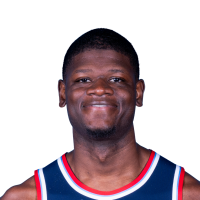
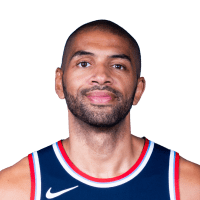
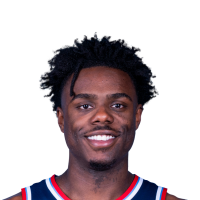
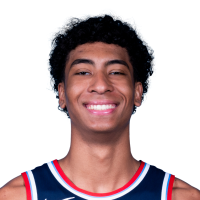
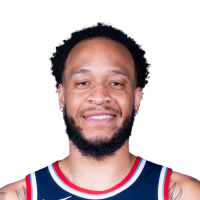
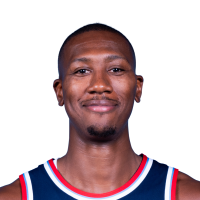
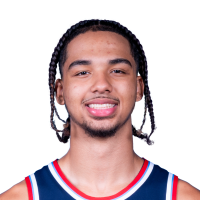
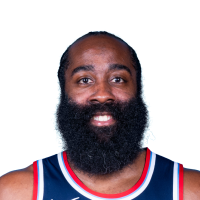
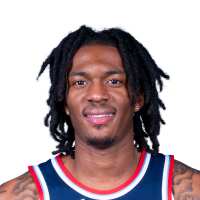
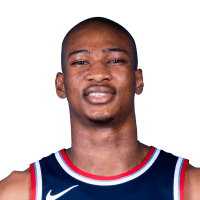
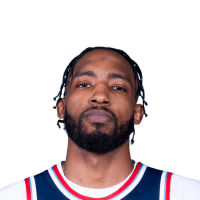
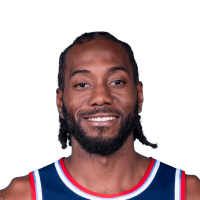
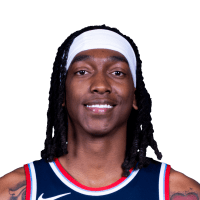
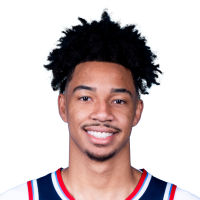
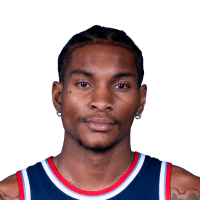
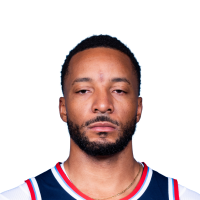
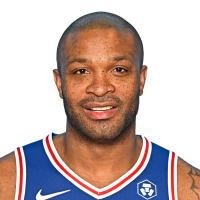
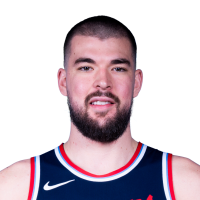
Comments
Clippers Trade Pat Beverley to Grizzlies, Sparking Intense Outrage, Debate